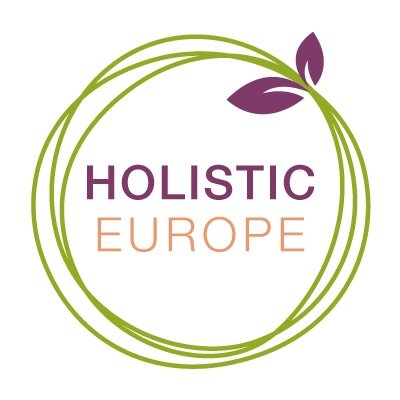Orange
Rainbow Of Your Life series
The colour orange did not even have its name in Europe until the 15th century. Some languages do not have a special word for it and describe it simply as “the colour of an orange” like for example in Portuguese – cor de laranja. The Portuguese merchants are believed to have brought the first orange trees to Europe from Asia. Before that, the colour orange has been used of course but it was called “yellow-red”.
If we mix yellow, the colour associated with happiness, and red, the colour associated with energy, we get orange – a colour full of joy, wellness, creativity and warmth.
When we look at the colour orange from the perspective of our emotions, studies show that it stimulates our appetite, gets our attention and enhances our energy. It is also a great colour for socialising and learning new things.
Too much of this colour may be overwhelming though and make us a bit too self-centred or arrogant, the experts say.
If you decide to wear orange clothing, you will be seen. That may have been the thinking behind the orange prisoners’ uniforms in the US. In everyday life though, some people believe that whoever wears orange clothes is usually quite self-confident. "I don't think shy people wear orange. You want to be noticed if you wear orange”, says Sara Petitt, faculty of fabric styling at the Fashion Institute of Technology in New York.
Looking at the cultures around the world, the colour orange is very popular in Asian religions. We can often see Hindu or Buddhist monks wearing orange robes. In these religions, it is the colour of purity – fire is orange and burns all impurities. In Christianity, the colour orange also represents fire and, in this case, stands for strength and endurance. In Islamic religions, the “saffron colour” is associated with disbelievers.
If you read our article “Yellow” from the “Rainbow of your life” series, you already know what gives plants the colour orange. Yes – carotenoids, the powerful antioxidants. Orange fruits and vegetables are also packed with vitamin C which boosts our immune system and they are often rich in potassium, which is important for regulating blood pressure, bodily fluids and for muscles and nerve signals.
We see the colour orange when observing light with a wavelength between approximately 585 and 620 nanometres.
Until the 19th century when a synthetic orange pigment was developed the artists used orange pigment from realgar or orpiment (minerals rich in arsenic and therefore poisonous).
What you may not know is that the 25th of November is called Orange Day. It was launched by the United Nations as a campaign to end violence against women and girls all around the world.
Let me finish this article with a quote from Robert Louis Stevenson, “And every day when I've been good, I get an orange after food.” Hope you are good most days – thinking of your vitamin C intake, of course:-).
Resources:
1. https://www.artsandcollections.com/
2. https://www.empower-yourself-with-color-psychology.com/
3. https://www.verywellmind.com/
4. https://edition.cnn.com/ - Orange: The color of warmth and comfort by Puja Bhattacharjee
5. https://www.wou.edu/ - Color Symbolism in Christianity
